Archive
2020
KubaParis
Heu, Hasen, Hundehaus
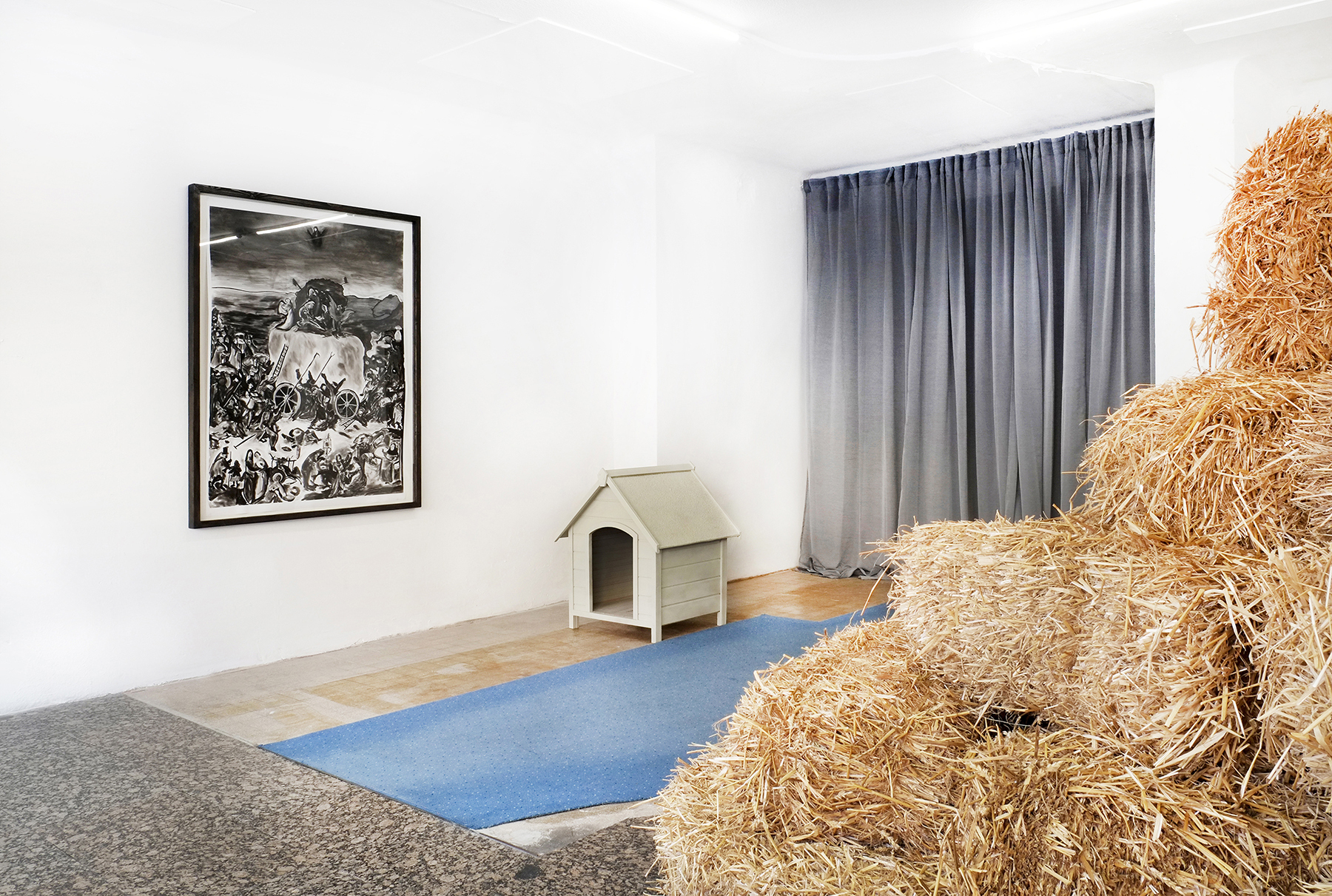
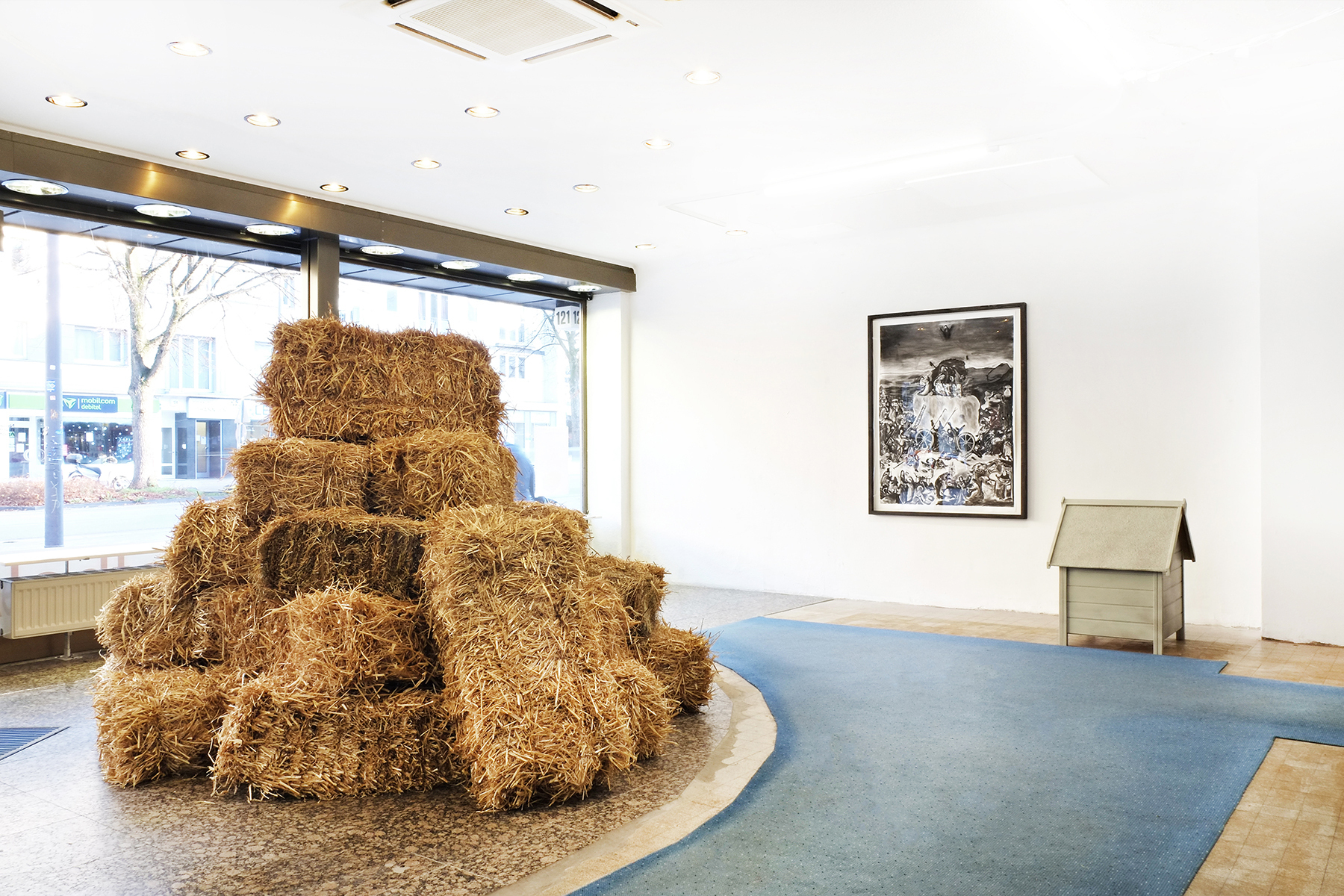
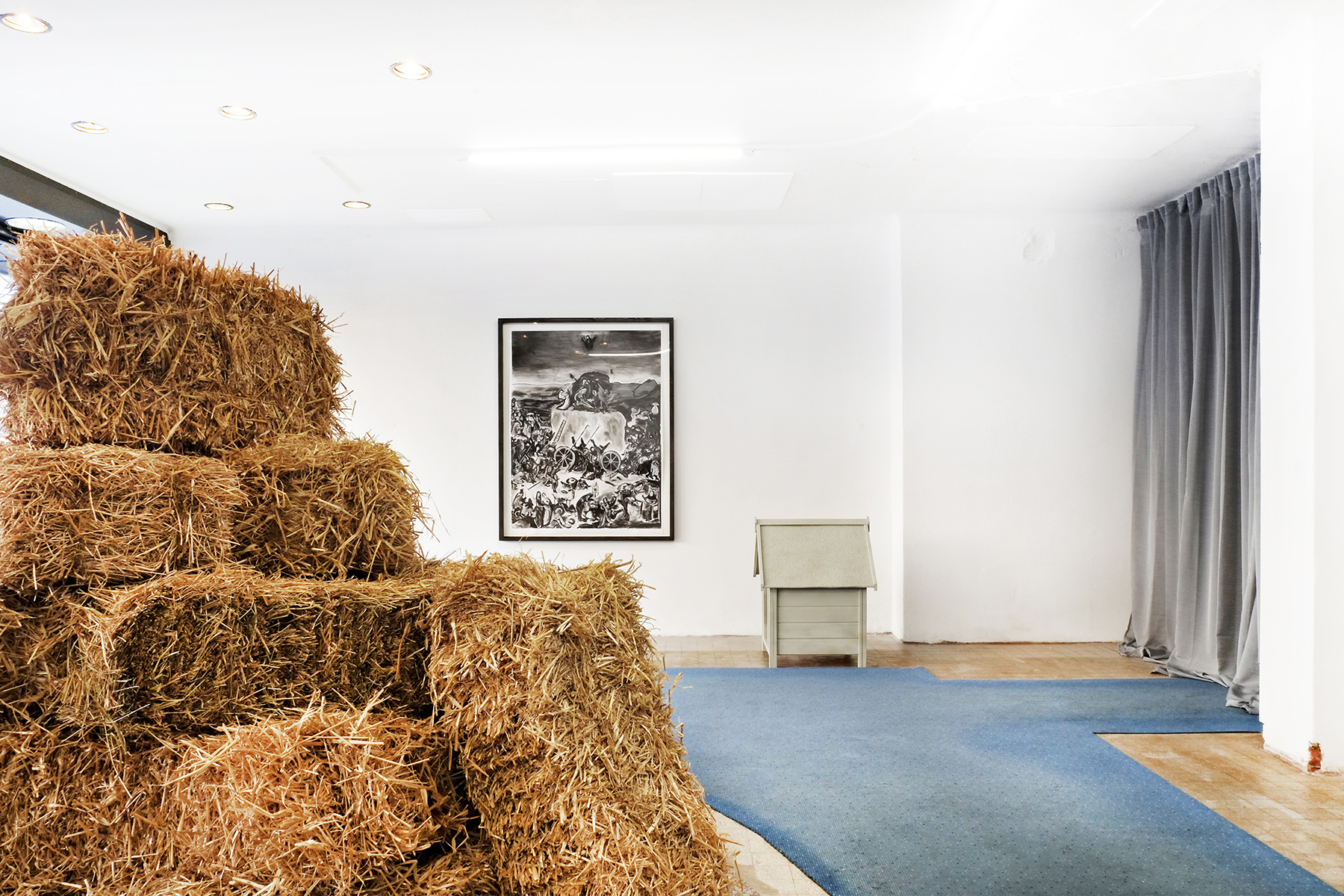
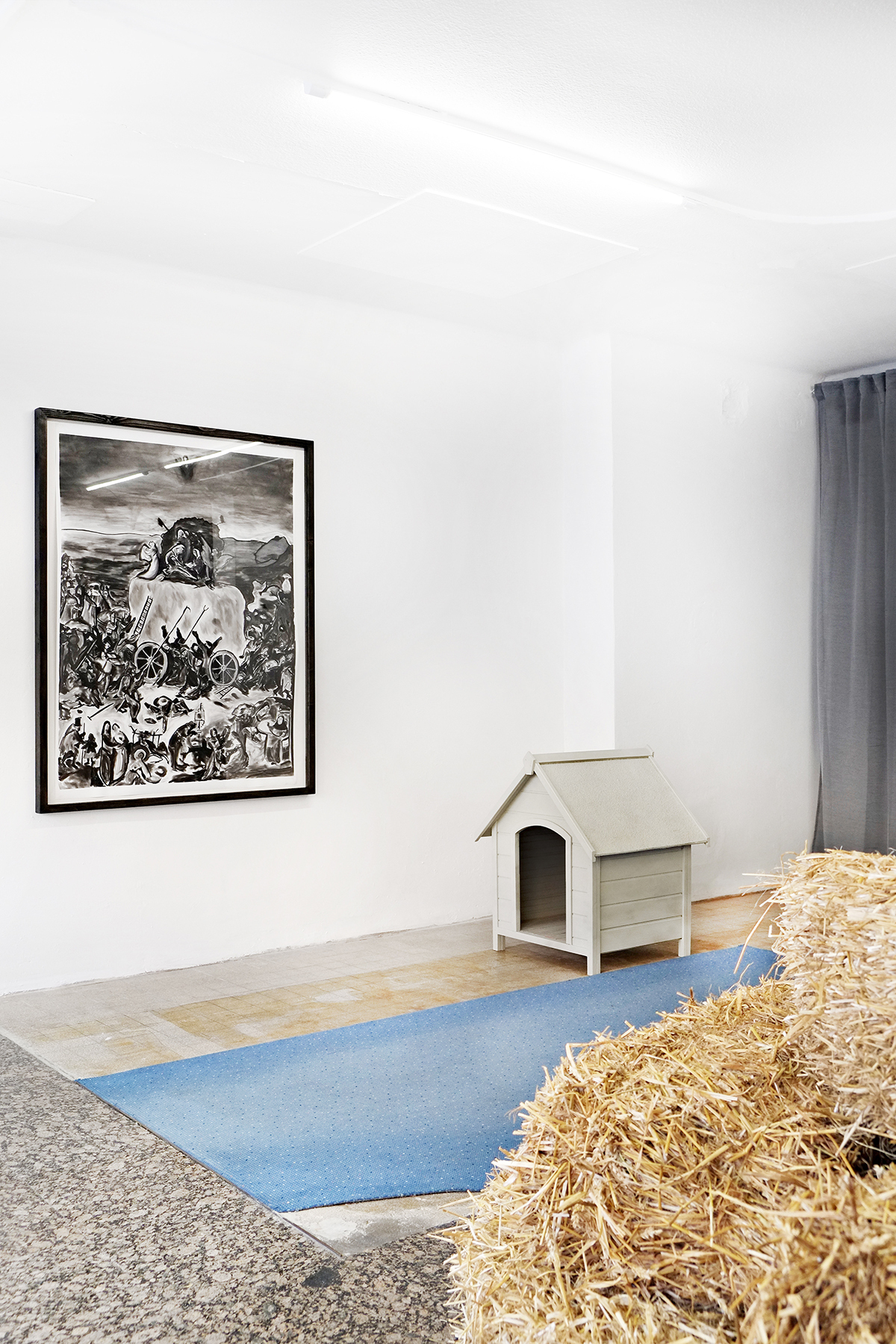
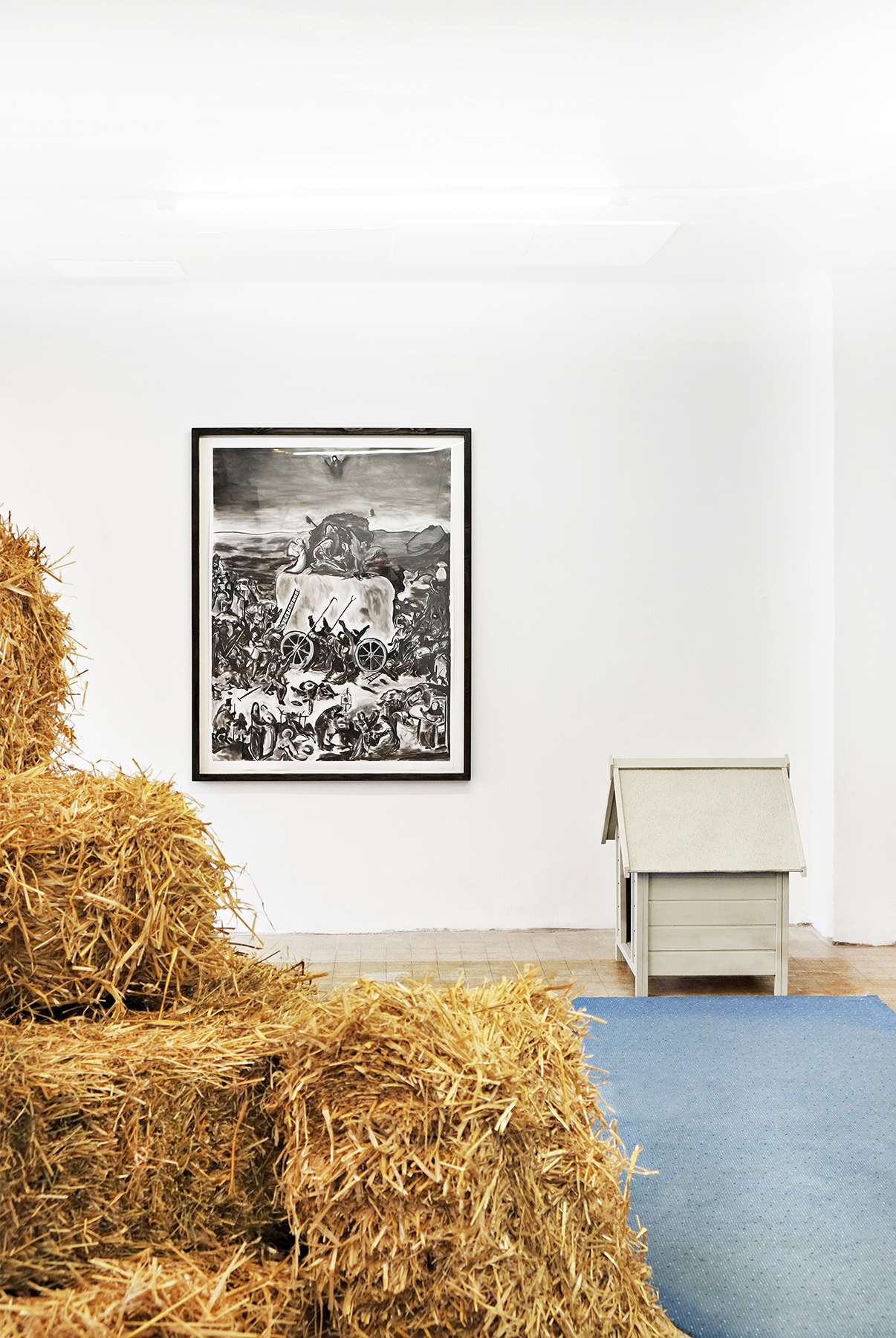
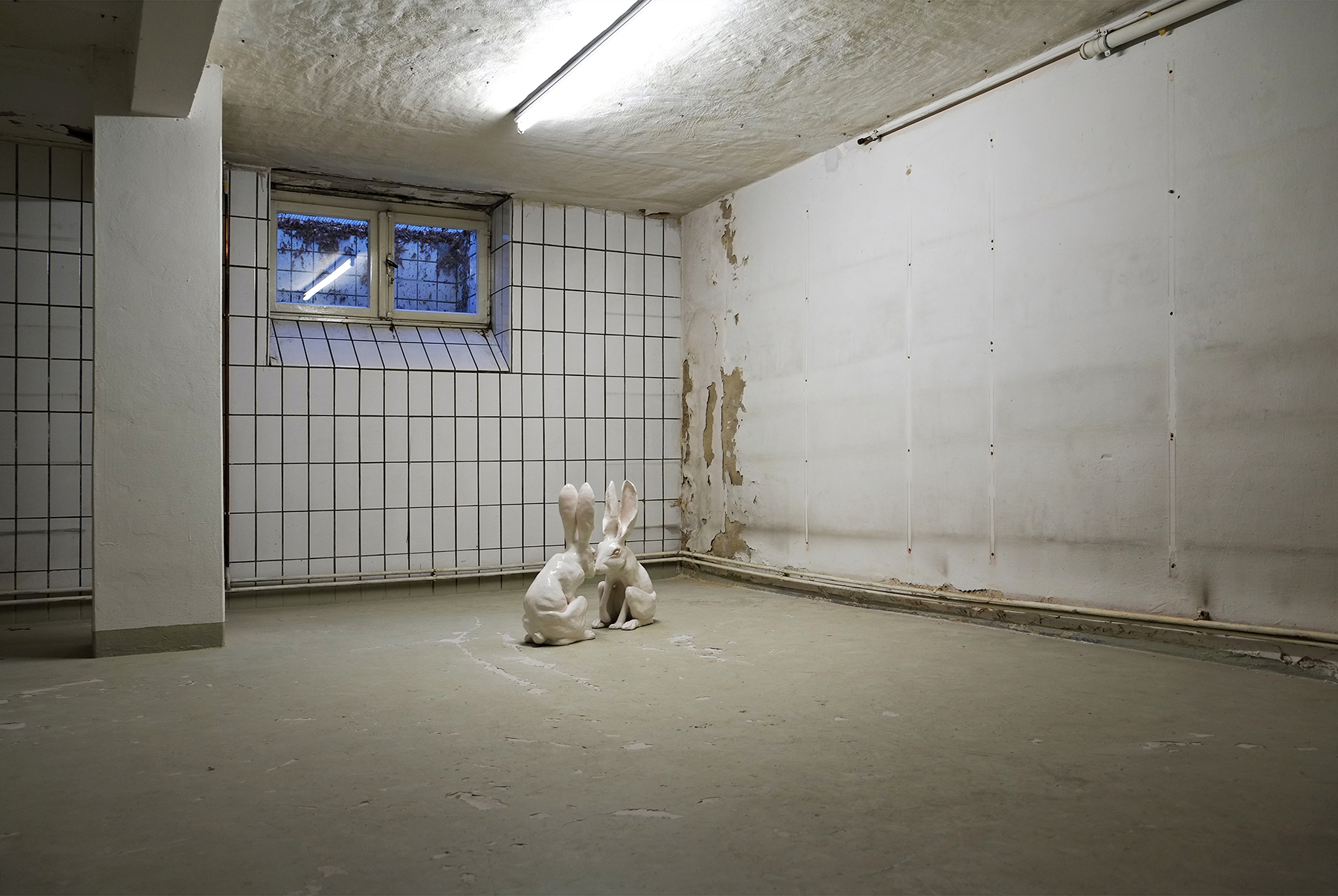
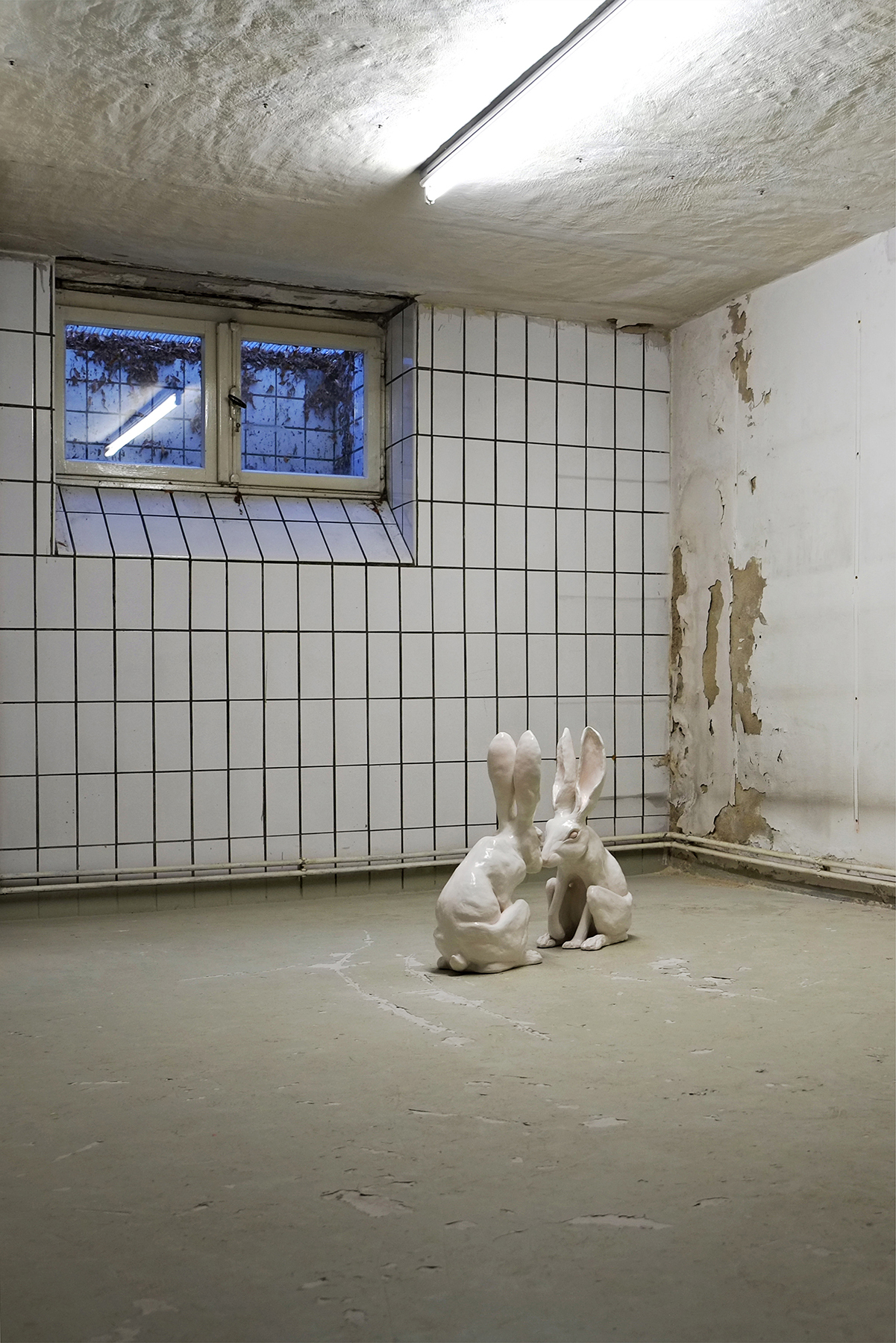
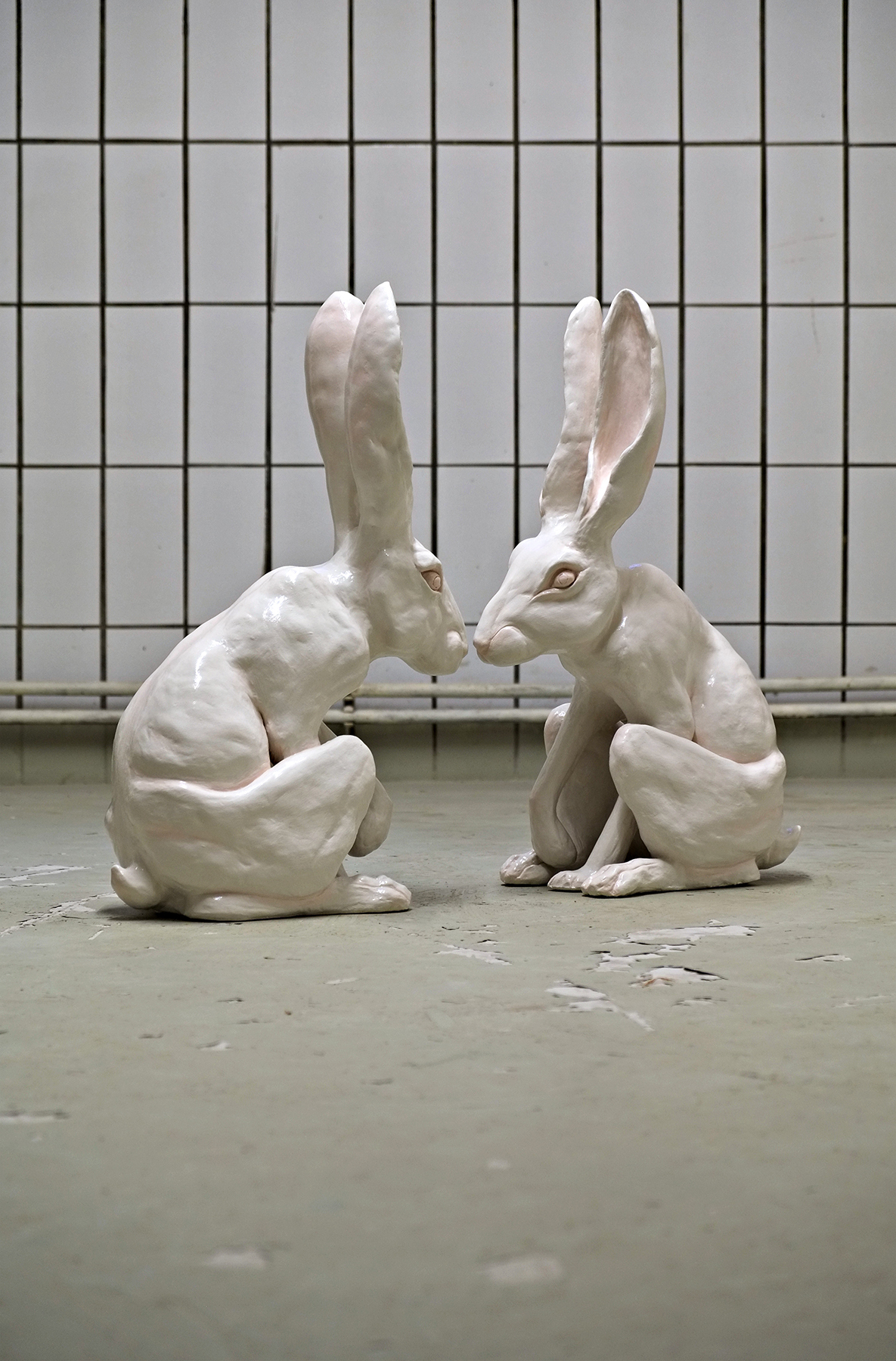
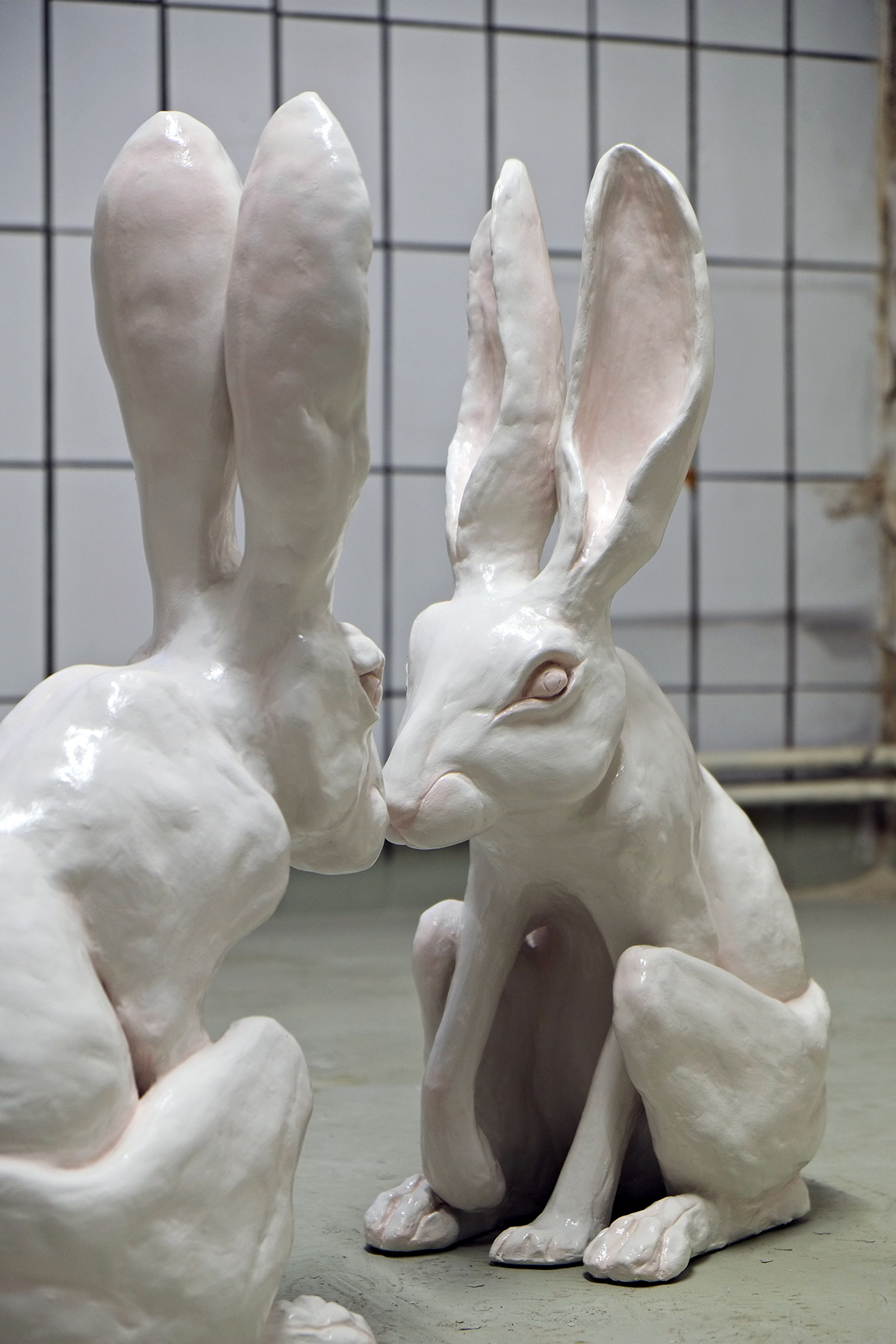
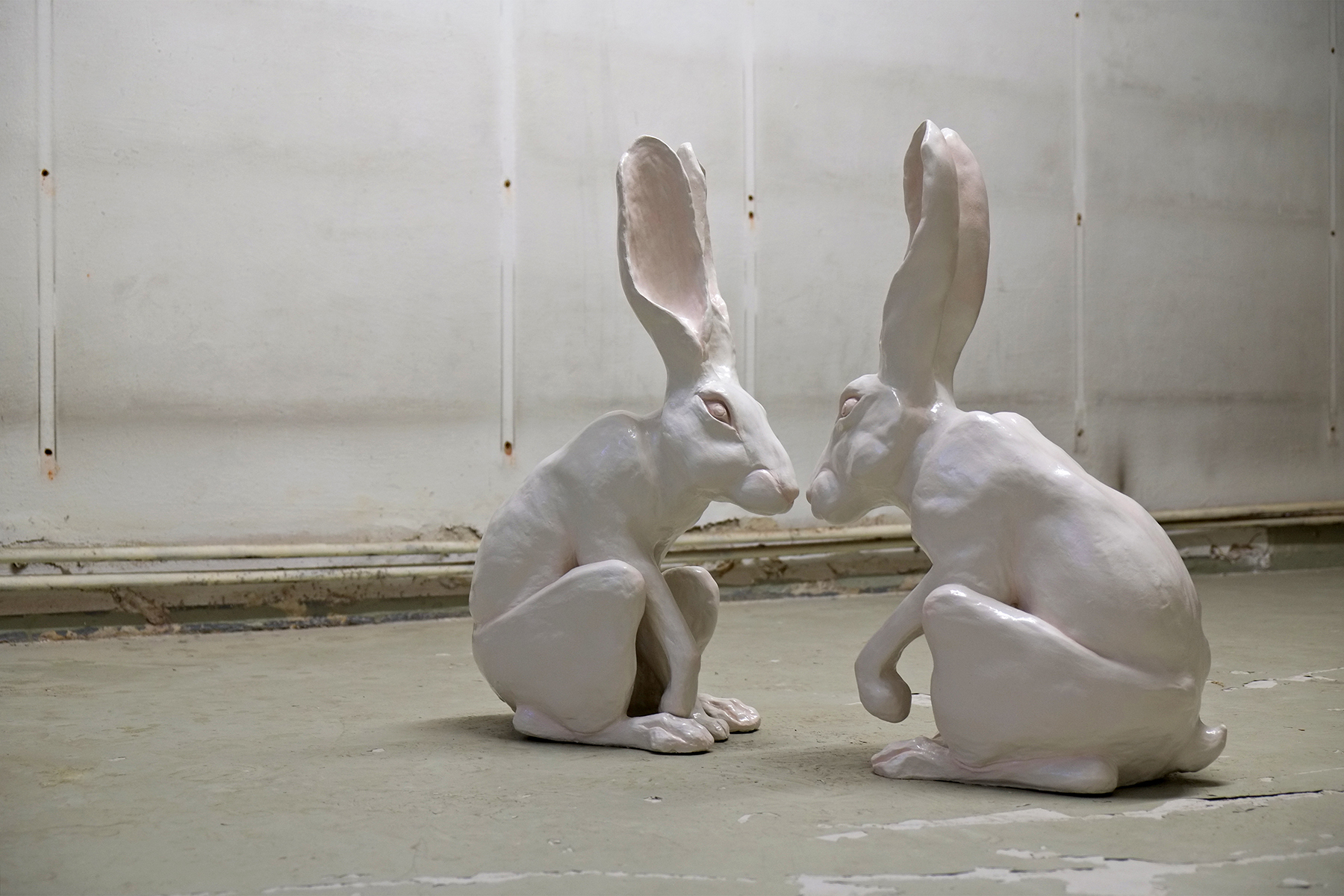
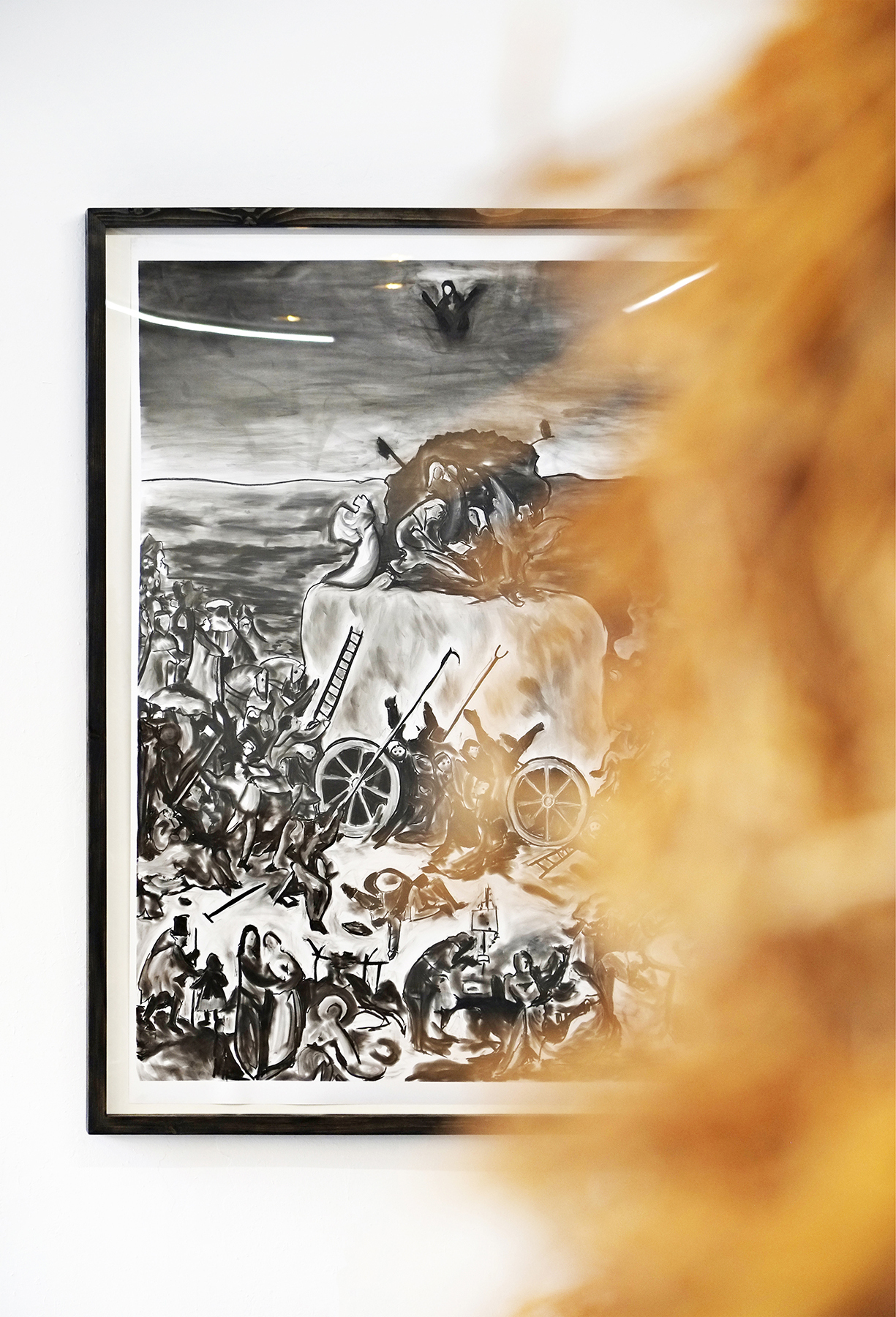
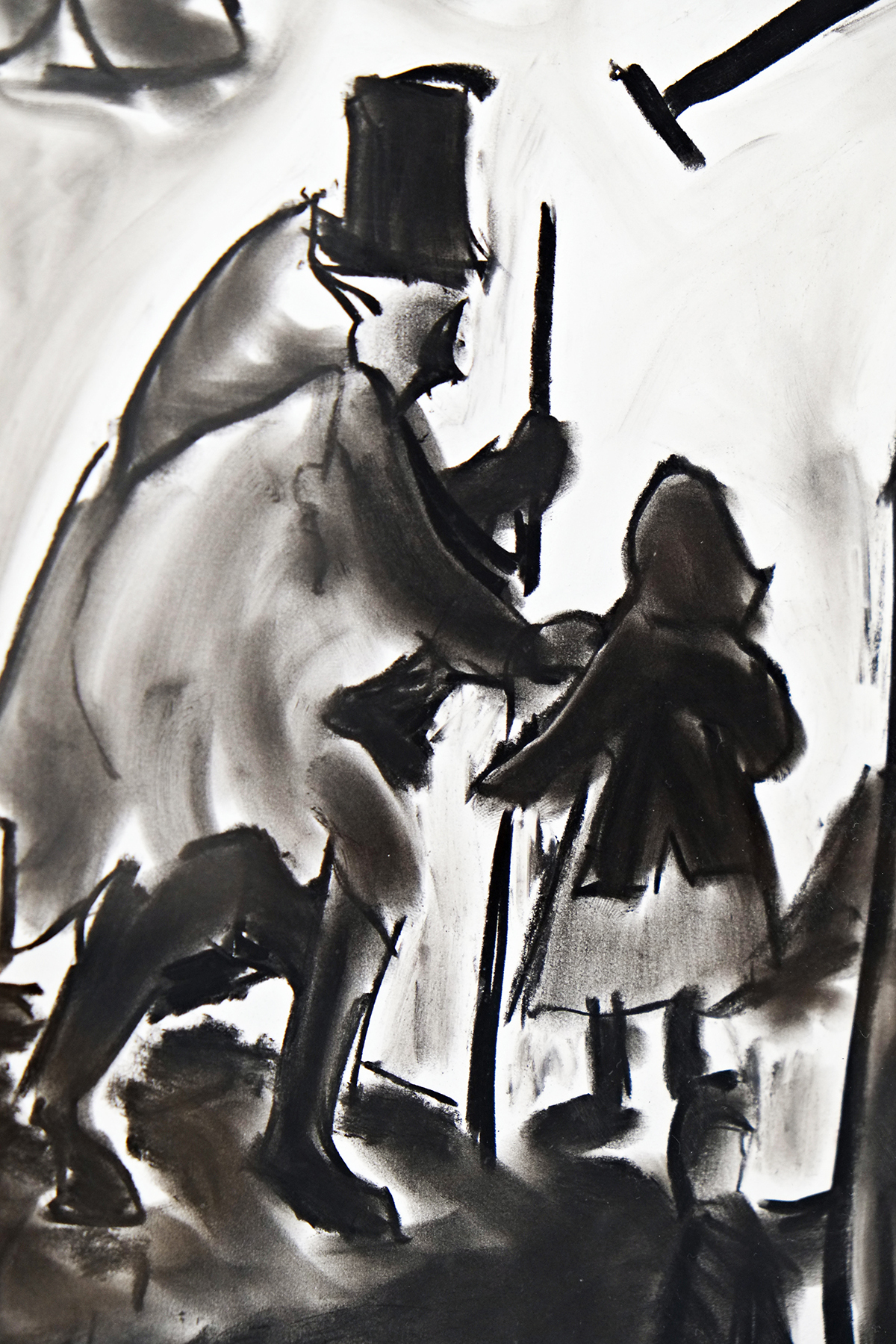
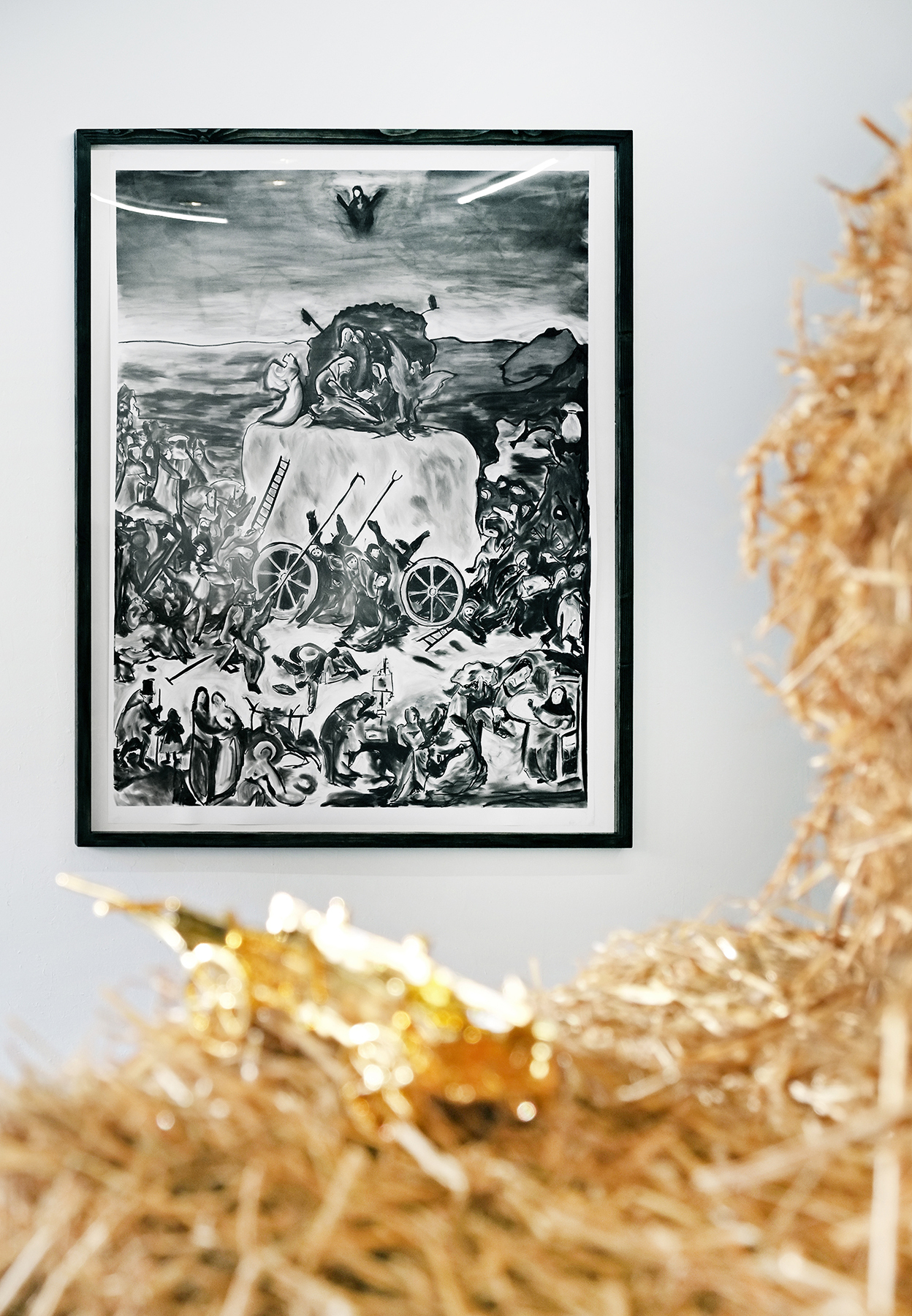
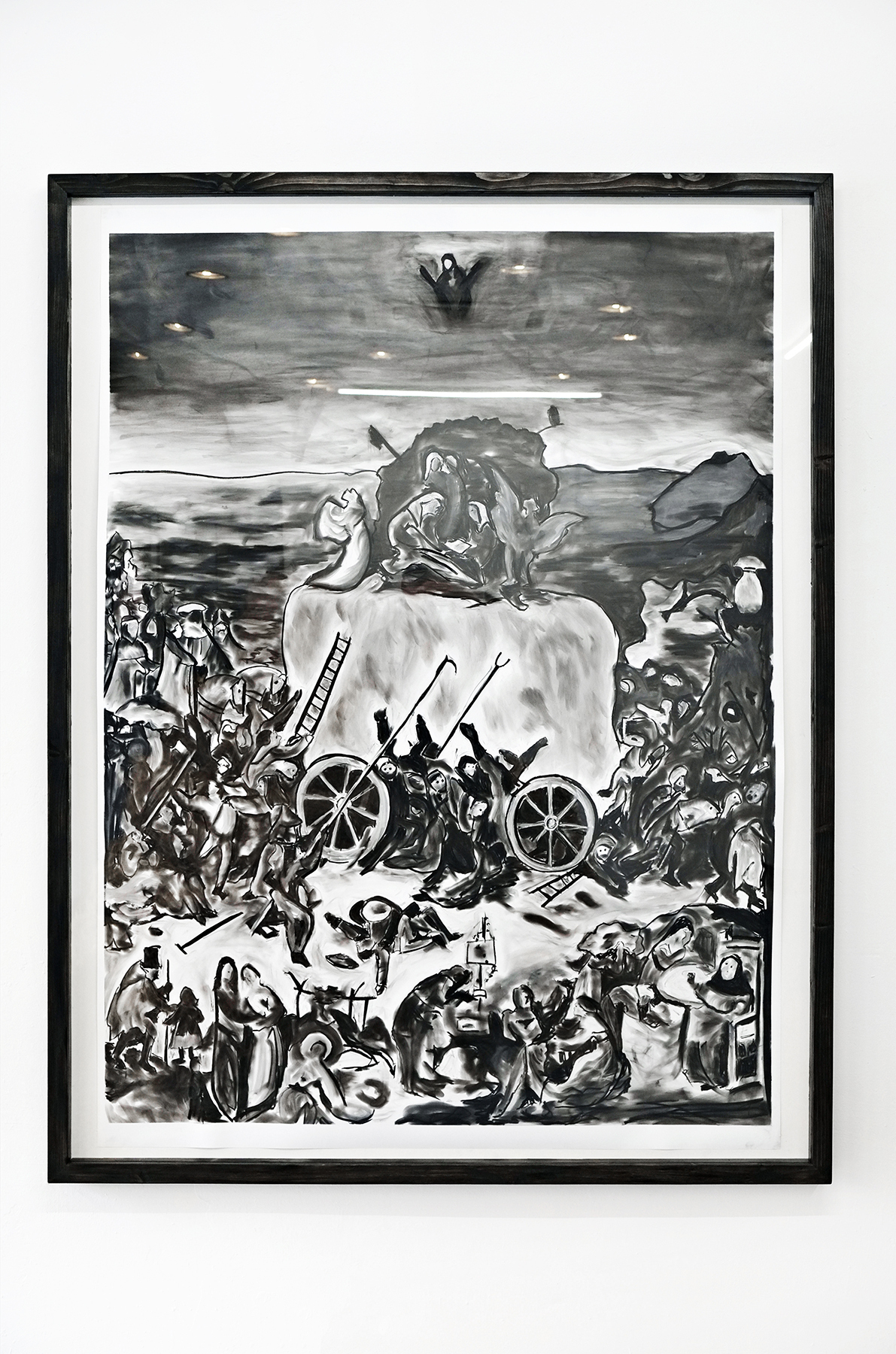
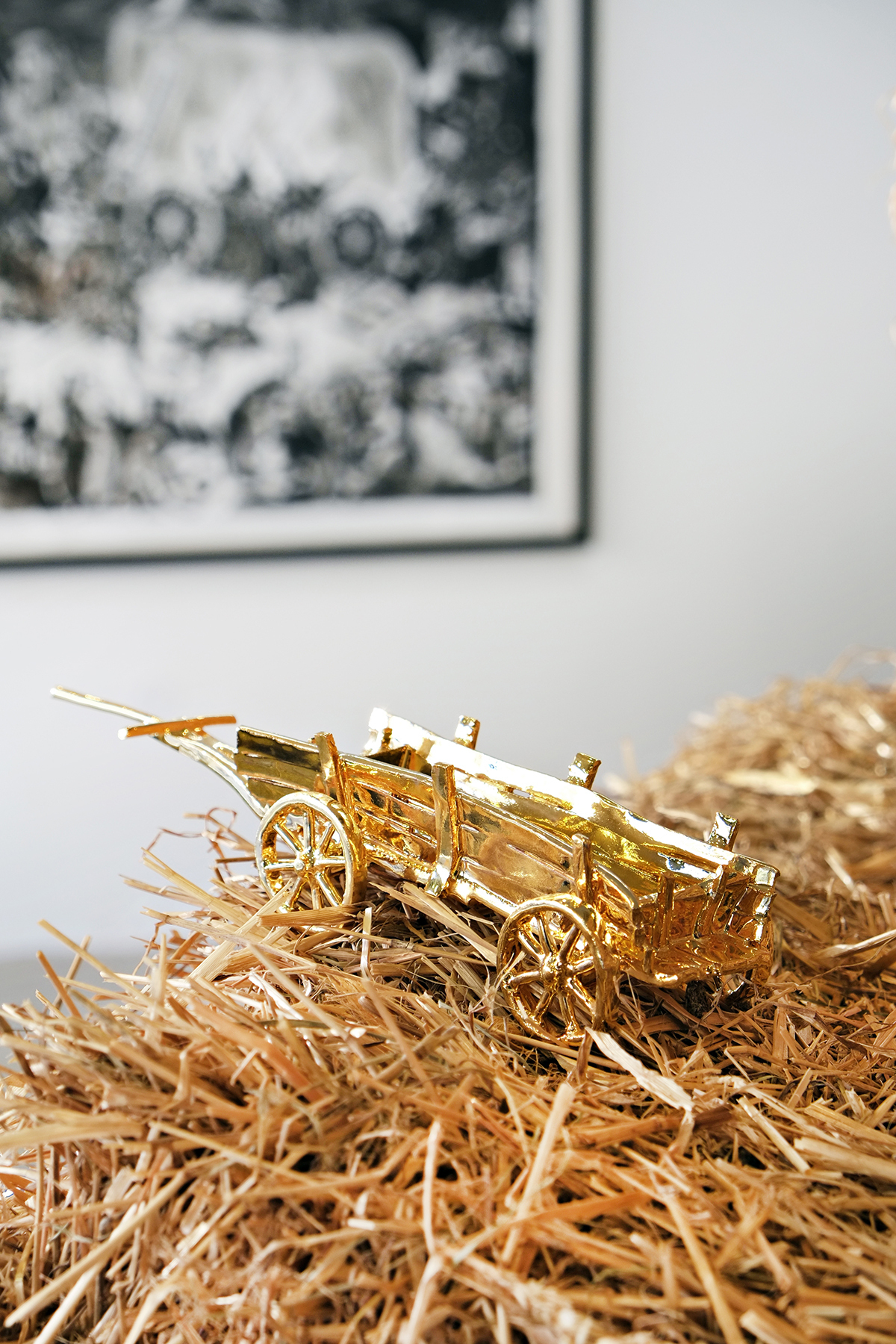
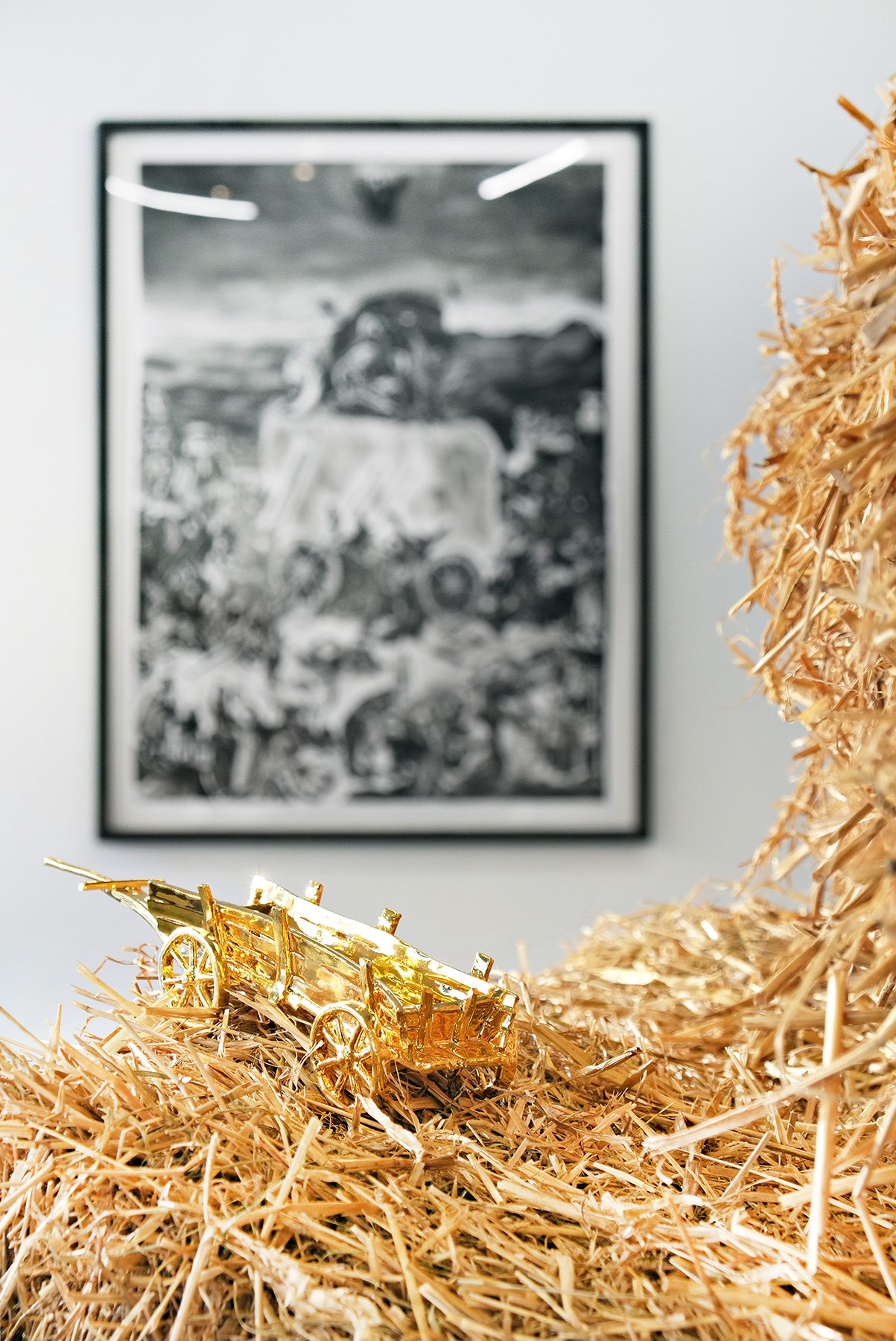
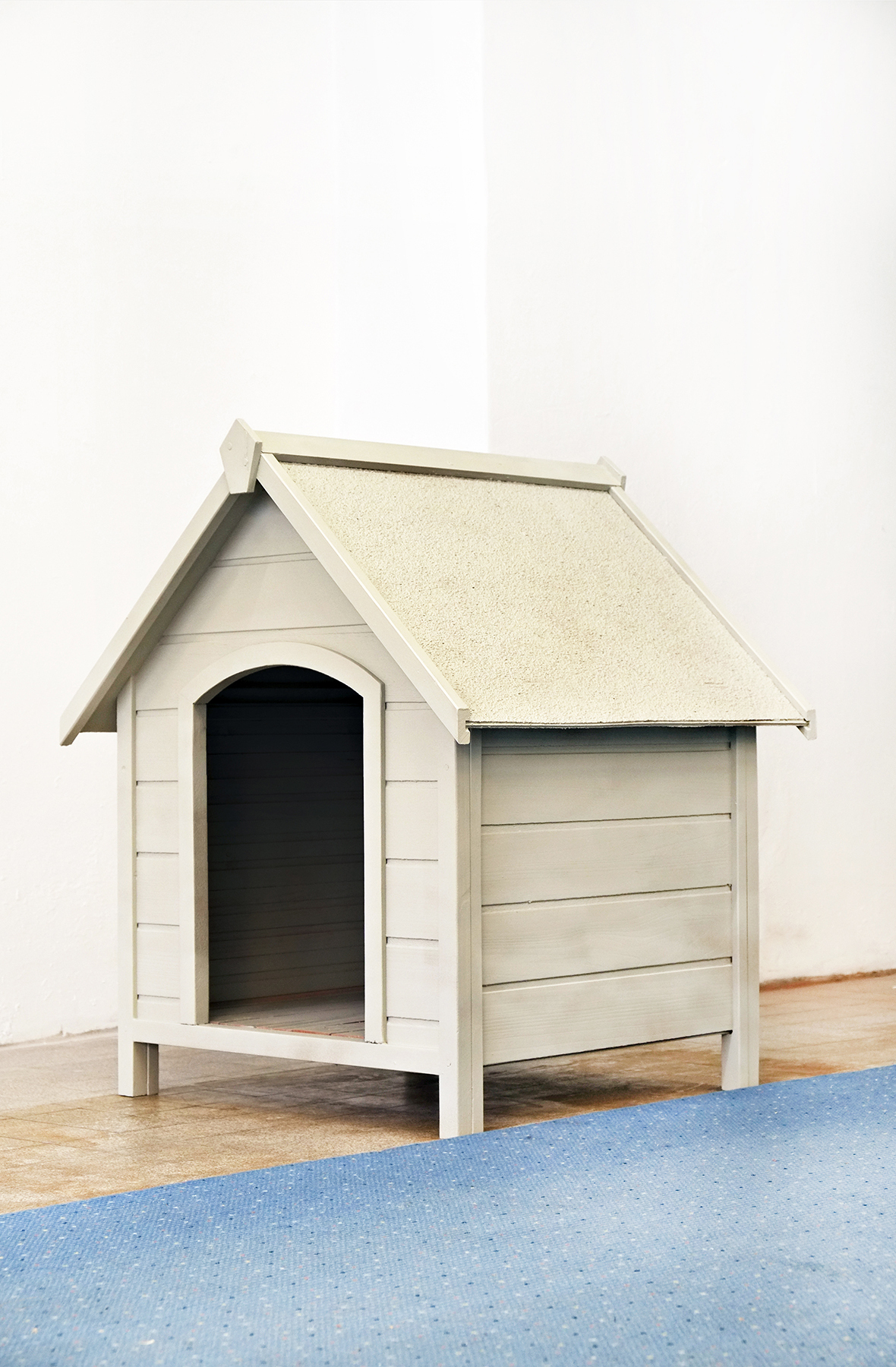
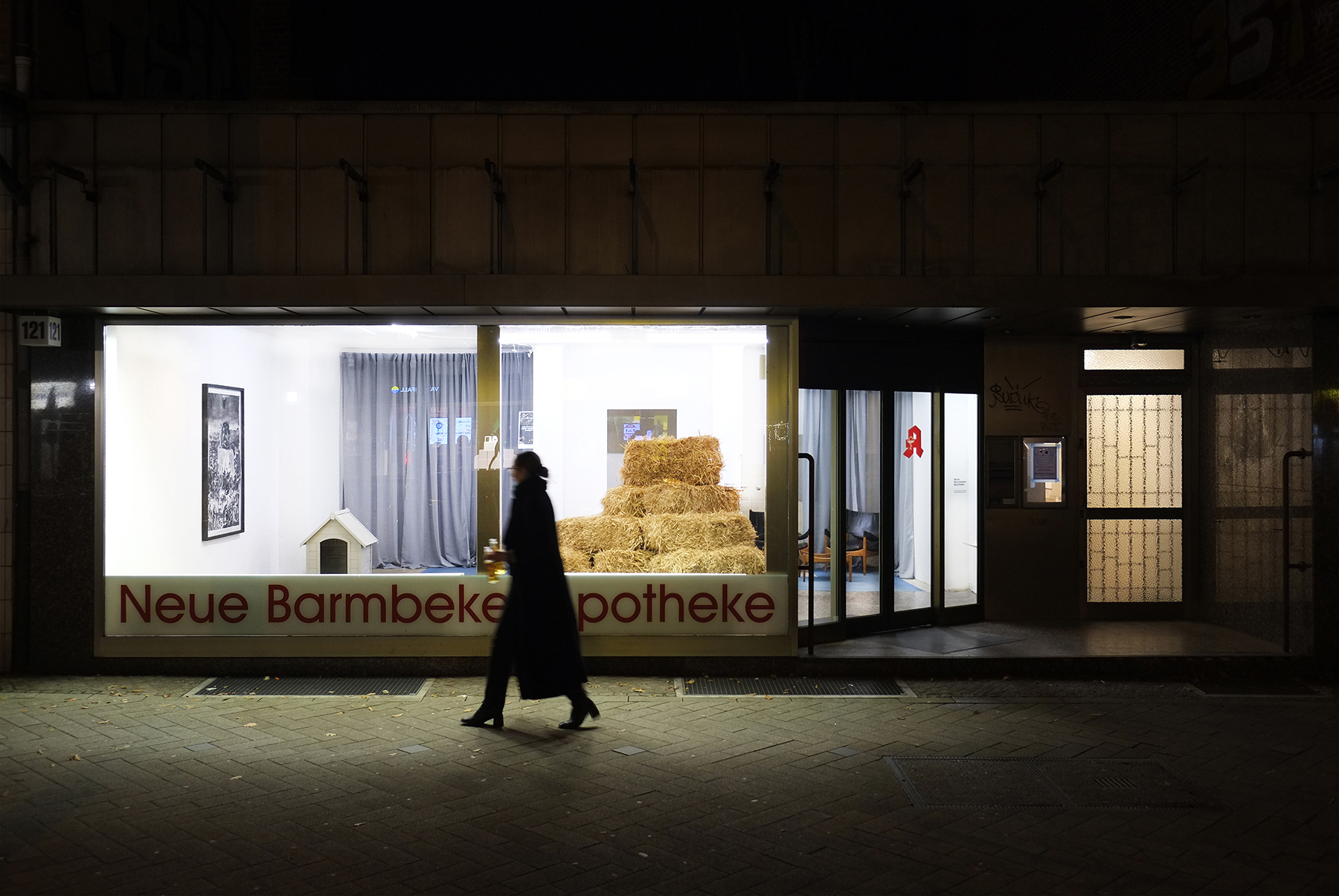
Location
Neue Barmbeker ApothekeDate
17.12 –09.01.2021Curator
Svenja Björg Wassill and Conrad HübbePhotography
Conrad HübbeSubheadline
The exhibition „Heu, Hasen, Hundehaus“ presents the latest works by Svenja Wassill and Conrad Hübbe at the exhibition space for contemporary art „Neue Barmbeker Apotheke“ in Hamburg. The Neue Barmbeker Apotheke is a temporary pop up exhibition space founded in late summer 2020. It makes use of the space of a former pharmacy located on the busiest street in the center of Barmbek in Hamburg, Germany.Text
Exhibition text for „Heu, Hasen, Hundehaus“
The exhibition „Heu, Hasen, Hundehaus“ presents the latest works by Svenja Wassill and Conrad Hübbe at the exhibition space for contemporary art „Neue Barmbeker Apotheke“ in Hamburg. Completing their Master Studies at Hochschule für Bildende Künste Hamburg, Wassill and Hübbe tackle a theme, which is close to their heart and soul: displacing the familiar through either the representational character of uncanny sculptures (Wassill) or processes of alienation and fetishization of common motifs from art and cultural history (Hübbe).
The sculptor Svenja Wassill shows her work „extended evolutionary synthesis“, a doghouse, which refers to the ambivalence of the idyll and safety of one’s homestead as well as „reflexes“ of protection and defence. The second work is called shapeshifters. The delicacy of the structured clay surface and slightly pink-tinted work takes up the charged motif of the rabbit in visual culture as a symbol of fertility, rebirth, and resurrection. The rabbits facing each other produce a tension, a pervasive vibrant liveliness.
Conrad Hübbe presents a charcoal drawing „The Haywain (after Hieronymus Bosch)“ after the art historically well-known Haywain Triptych (1516) by Hieronymus Bosch. In his charcoal drawing, he continues to be interested in processes of alienation and abstraction when actualizing the hay wagon as a symbol of wealth from a historical context to the present. On his installation of a big pile of straw bales, he shows a golden clay hay wagon to furthermore elaborate on the idea of scale and reference.
The tension between the two artistic positions of Wassill and Hübbe derives from the staticness of those objects, fixated in an exhibition space filled with a pile of straw bales, while everything they attract is being ‚in motion‘.
Anna Kipke